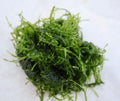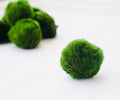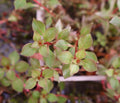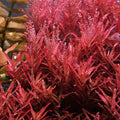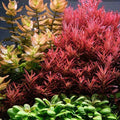Most Common Symptoms of Dying Aquarium Plants
Most of the time, when an aquarium plant appears to have very slow-growing, yellowish, or brownish leaves, it could be deficient in nutrients. In this blog post, let us dig deeper into the causes and possible remedies for the deficiency symptoms in aquarium plants.
But before that, it is important to know that not everything works well in an aquarium for some reasons. We have to be reminded that the tank itself has an evolving ecosystem, especially the larger ones.
When a plant has a growth problem, it will easily be noticed in its leaves. It slowly grows, the colors fade, and later on it dies or deforms. Listed below are the possible deficiencies or problems that your plants may have.
Light Deficiency
Most of the time, the main problem for a plant inside a tank is insufficient light. As the plants are stretched and the stems are growing, they are heading towards the lighter part of the tank, and then the bottom leaves are covered completely, not having access to the light. With that, they do not expend energy on the leaves yet; instead, the lights are focused on the top leaves.
The remedy to this problem is to increase the lighting in the tank. Just enough light that is measured carefully so that algae won't grow fast. Increase the lighting duration from the ideal period of 7 hours to 8 to 10 hours.
Melting Leaves
A lot of aquarists are afraid of the apparent melting of their newly-bought plants. However, there is nothing to worry about. The problem is in the cultivation process. Aquatic plants in the pots are mostly grown in the foil tents or modern greenhouses. But, in nurseries, they grow above the water with high humidity.
Most of the tank plants are marsh plants, and they can both have an emergent or submerged life. Most plants are grown in greenhouses and then later forced to emerge in tanks, where they start to adjust. During their adjustment period, they absorb nutrients and get to photosynthesize. Some plants, such as Echinodorus, which has naturally emersed leaves, can slowly die when they are submerged, yet at the same time they grow a new set of submerged leaves and then start absorbing the nutrients and photosynthesizing. So if you notice leaves dying, there is nothing else to do to intervene but to allow it to happen and then observe the natural leaf change adjustment.
CO2 Deficiency
Carbon dioxide (CO2) is important for plants. The ideal CO2 level for an aquarium is 20–30 mg/l to obtain the carbon they need for growth. The presence of CO2 in the aquarium is limited, and if the plants get more than is available, they won't grow well because some plants only need a small amount of CO2. However, deficiency of CO2 will lead to degrading and stunting growth, especially for the tiny foreground plants.



